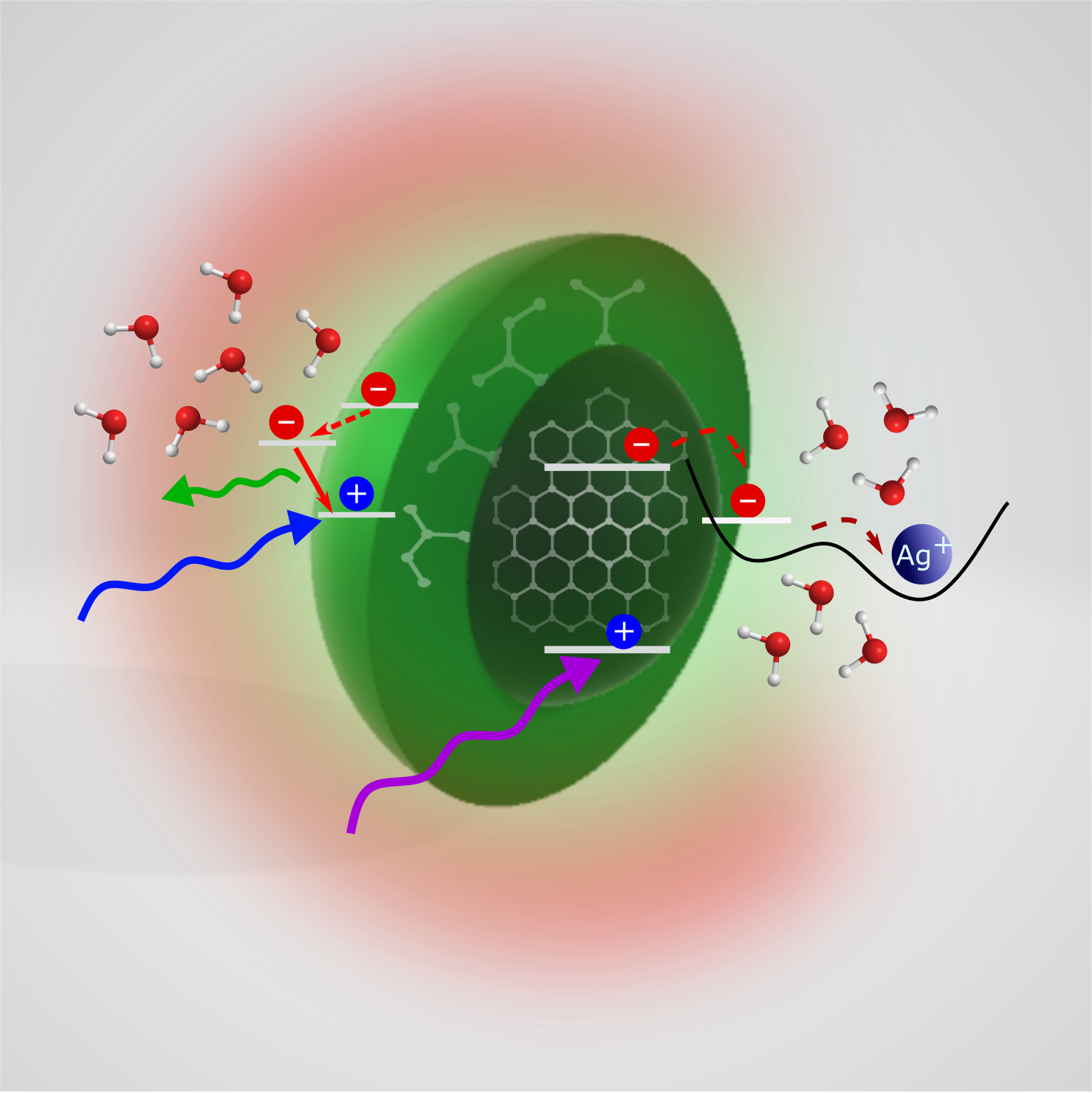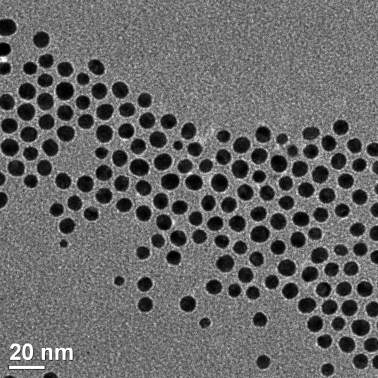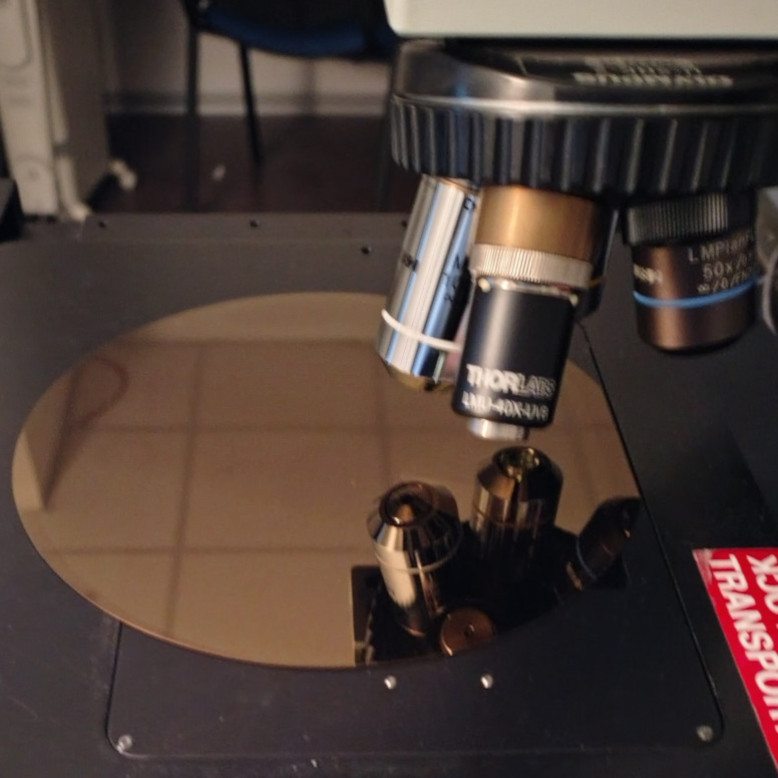
Silica-based materials
Amorphous SiO2 (silica) is nowadays the most frequently used material in optoelectronic devices due to its exceptional transparency from infrared (IR) up to vacuum-ultraviolet (UV) and high insulating power. Silica is the key material of optical fibers, that are used for a large variety of applications ranging from high speed, high bandwidth data communications, point or distributed sensing of external parameters such as temperature, strain, ionizing radiation. Our research activity is conducted in strong collaboration with the Laboratoire Hubert Curien of St-Etienne and mainly aims at investigating the effects of point defects and dopants on the optical (absorption, luminescence, Rayleigh, Raman and Brillouin scattering) and magnetic resonance properties of fibers.

2D Materials
The frontier of solid state physics has been quite recently pushed forward by the discovery of two-dimensional (2D) materials. The first 2D material isolated in nature has been graphene (2D carbon), an atomic monolayer of C atoms, and the actual family contains many other members, also known as van der Waals materials, since their molecular monolayers have been isolated from 3D materials having weakly interacting crystalline planes. This family includes insulator, semiconductors and metals. In our group the research on Graphene and 2D transition metal dichalcogenides is carried out to deepen the knowledge of the electronic and photonic properties of the materials by spectroscopic, morphological and structural studies and by experiments focused on manipulating the materials’ features in view also of their application in optoelectronic devices.

Optical nano-carbons
Ultrasmall carbon-based nanoparticles are endowed with bright and tunable optical transition in the visible spectral range which pave the way to a variety of applications in photonics and optoelectronics. Our research is currently focused on the fundamental photophysical understanding and engineering of two classes of C-based nanoparticles: carbon dots and nanographenes. Carbon dots are quasi-spherical nanoparticles constituted by a carbon core structure surface-functionalized with a variety of small functional groups. They are well-known for their tunable and bright fluorescence, versatile photochemical properties, combined with ease of synthesis and low toxicity. Nanographenes are fragments of two-dimensional graphene sheets laterally confined to sizes of a few nanometers. They can be produced by methods capable of guaranteeing ultmate atomic control of their chemical structure, paving the way to the fine tuning of their optical response for many specific applications.

Metal-organic frameworks
Fundamental photophysics and photonic applications of ultrasmall carbon-based materials such as Carbon dots and nanographenes, endowed with bright and tunable optical transition in the visible spectral range.

QD-based superstructures
Fundamental photophysics and photonic applications of ultrasmall carbon-based materials such as Carbon dots and nanographenes, endowed with bright and tunable optical transition in the visible spectral range.

Plasmonic Materials
Plasmonic nanomaterials have unique optical properties due to localized surface plasmon resonance (LSPR), where conduction electrons oscillate collectively in response to light. This resonance enhances light absorption and scattering, producing vivid colors that depend on the material’s size, shape, composition, and surrounding environment. The strong electromagnetic field generated near the nanomaterial’s surface enables applications in surface-enhanced spectroscopy, biosensing, and photothermal therapy. Additionally, their tunable optical response allows precise control over light at the nanoscale, making them useful in advanced imaging, optical communication, and nanophotonics. Our research focuses on two key aspects: (i) understanding how plasmonic nanoparticles interact with luminescent nanomaterials to enhance their optical properties and (ii) studying the interactions between plasmonic nanoparticles within a superstructure to explore collective effects and emergent optical phenomena.

Irradiation effects
Irradiation with γ-rays, X-rays, electrons and other energetic particles implies the generation or the conversion of point defects which are able to modify the features of matter. If from one side such modifications are harmful for the correct operation of the devices, on the other side the deep knowledge of the radiation induced effects can be turned in a powerful tool to manipulate the properties of a materials and adapt them to a specific application. The research activity of our group is focused on both the characterizations of the point defects to understand their structure and formation and on the use of these defects in a positive way, so that the main goal is not only to predict the behaviour of a material in radiative environment such as space, nuclear power plants and similar but also to adapt it to new applications.
